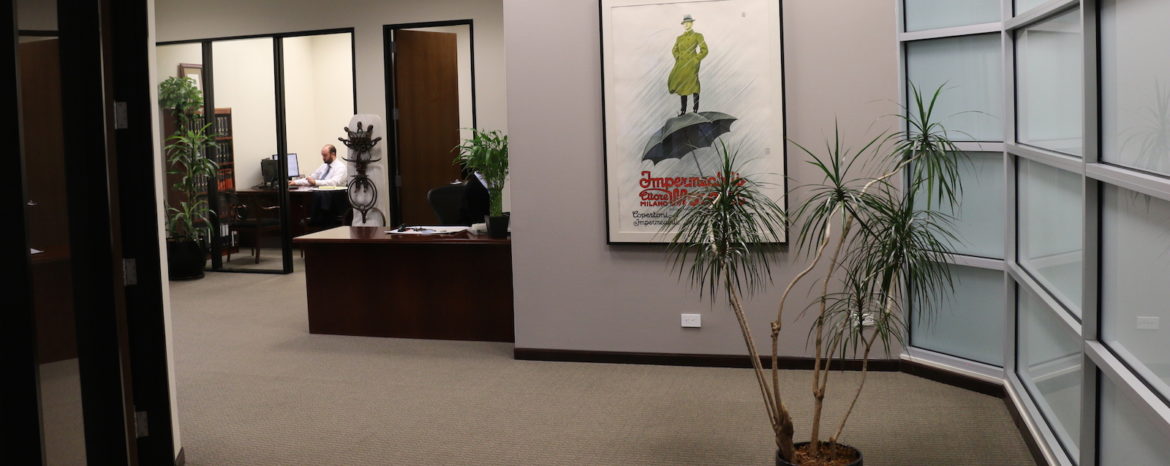In a historic piece of legislation the Coronavirus Aid, Relief, and Economic Security Act (“CARES Act”) was put into law to help combat the economic havoc that Coronavirus is doing to the economy. The CARES Act provides $2.2 trillion in economic aid to individuals, and businesses of all sizes. The question for small business owners becomes how do you get your piece of this 2.2 trillion?
Here is an overview of the main pieces of the CARES Act legislation that are aimed directly at putting money in the hands of small businesses:
Paycheck Protection Program
In an effort to help small business keep employees on payroll the CARES Act provides Paycheck Protection Program (PPP) Loans. PPP Loans are aimed at providing 8 weeks of cash-flow assistance through 100 percent federally guaranteed loans to small employers who maintain their payroll during this emergency. If the employer maintains payroll, the portion of the loans used for covered payroll costs, interest on mortgage obligations, rent, and utilities would be forgiven.
Here are a few of the specifics:
- What Businesses Qualify?
- Must have been in operation on February 15, 2020.
- Small business with fewer than 500 employees, a 501(c)(3) nonprofit organizations with fewer than 500 employees, individuals who operate a sole proprietorship or as an independent contractor, and eligible self-employed individuals.
- Certain food and hospitality related service industries that have more than 500 employees across multiple locations.
- How Much Money can my Business Get?
- The exact specifics will depend on each businesses specifics, but generally, the max loan amount is 250% of the average monthly payroll from February 15, 2019-June 30, 2019, or $10 million, whichever is smaller.
- How Can the PPP Loan be Forgiven?
- You must keep the same number of people employed and there are limits on pay reductions (i.e. you can’t take the loan and then fire employees and expect to get the loan forgiven).
- You must use the loan proceeds on Payroll costs, payment of interest on any covered mortgage obligation (not including any prepayment or payment of principal on a covered mortgage obligation), any payment on any covered rent obligation, and any covered utility payment.
- How do I get the PPP Loan?
- The PPP Loan program is structured as an extension of an existing SBA loan program so you should reach out to current “SBA 7(a) lenders”. You can ask at your local banks to see if they qualify.
The above is just a brief outline of the basics, there are many more specifics not listed above that may impact loan and forgiveness amounts. The PPP Loan program is an excellent choice for those that have the cash flow to pay their bills for the immediate future, and intend to keep their employees on the payroll.
Economic Injury Disaster Loans & Emergency Economic Injury Grants
Aimed at providing quick cash to businesses in need the Economic Injury Disaster Loans & Emergency Economic Injury Grants (“EIDL”) are available in varying amounts, but come with a $10,000 advance within three days of an application. This advance does not need to be repaid, so long as it is used to keep employees on payroll, to pay for sick leave, meet increased production costs due to supply chain disruptions, or pay business obligations, including debts, rent and mortgage payments.
Here are some of the specifics:
- What Businesses Qualify?
- Must have been in business on January 31, 2020;
- Small businesses with less than 500 employees, Sole proprietorships, with or without employees, independent contractors, Cooperatives and employee owned businesses, and Tribal small businesses.
- How Much Money can my Business Get?
- A $10,000 cash grant that does not need to be repaid if spent on applicable items
- Up to $2 million in other funds as a loan or grant depending on exact situations.
- How do I get the EIDL Grant/Loan?
- Visit the SBA disaster loan website for information on applications: https://disasterloan.sba.gov/ela
There are provisions in place so that you can get both the PPP Loan and an EIDL Grant/Loan, but any forgiveness you get under one program will be counted against forgiveness on the other.
Tax Provisions and Other SBA Loan forgiveness
In addition to the above two loan and grant programs the CARE Act contained a number of income tax provisions, payroll tax credit provisions, and existing SBA loan forgiveness programs to help provide relief to businesses. These are beyond the scope of this post, but I strongly encourage you to touch base with your tax advisor or lending institution to discuss other ways you could benefit from the CARES Act.
Conclusion
There are a lot of options out there for small businesses to help get relief, but with much of the relief tied to payroll expenses, there will be some self-employed and small business owners that may have trouble maximizing their benefits if they did not take wags themselves. As more guidance from the federal government comes along some issues will become clearer. If you have any further questions we recommend that you consult with a legal or tax professional to help you navigate the bevy of assistance options and programs out there.

